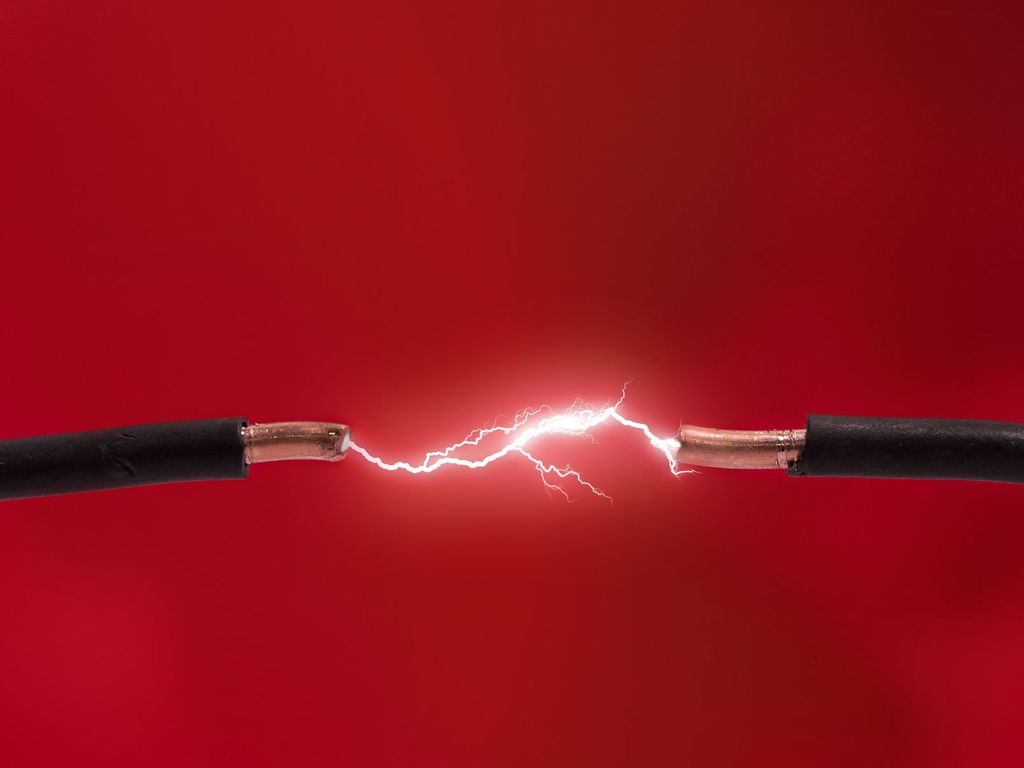Static electricity is present when there is a build-up of opposite charges (positive and negative) on objects that are separated by an insulator. Static (lacking in movement, action or change) electricity exists when two groups of opposite charges can find a path between each other to equalize the system. When this occurs it results in static discharge. Static discharge is the sudden flow of electricity between two electrically charged objects caused by contract, an electrical short. Furthermore, charges that equalize through an air gap can result in a visible shock as the travelling electrons collide with electrons in the air that release energy in the form of light energy. Static electricity is present in many everyday occurrences, in lightening, when you rub a balloon on your hair and more!

Current electricity is a flow of electric charge, it makes our electronic devices work. Charges in electric charge are able to constantly flow. It is different to static electricity as static electricity charges gather and remain at rest. Current electricity moves, static electricity remains still. That is the major difference between the two electricity’s.
